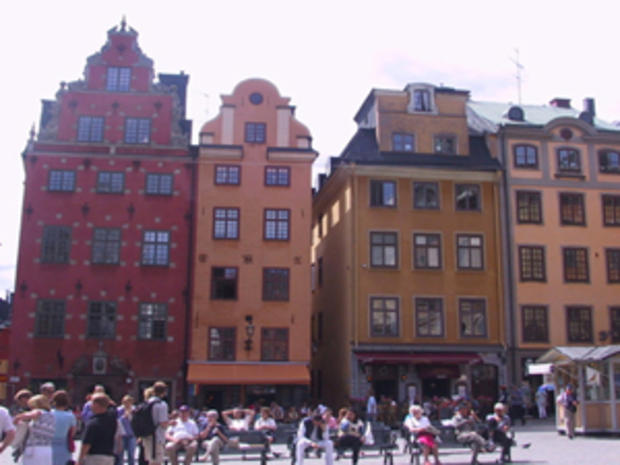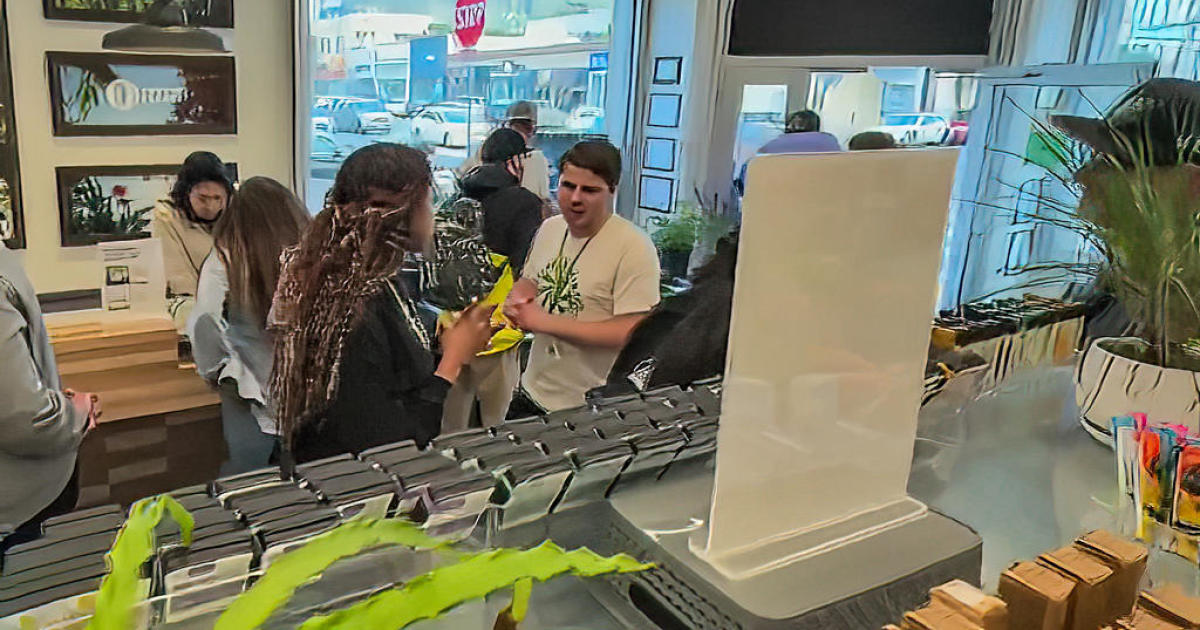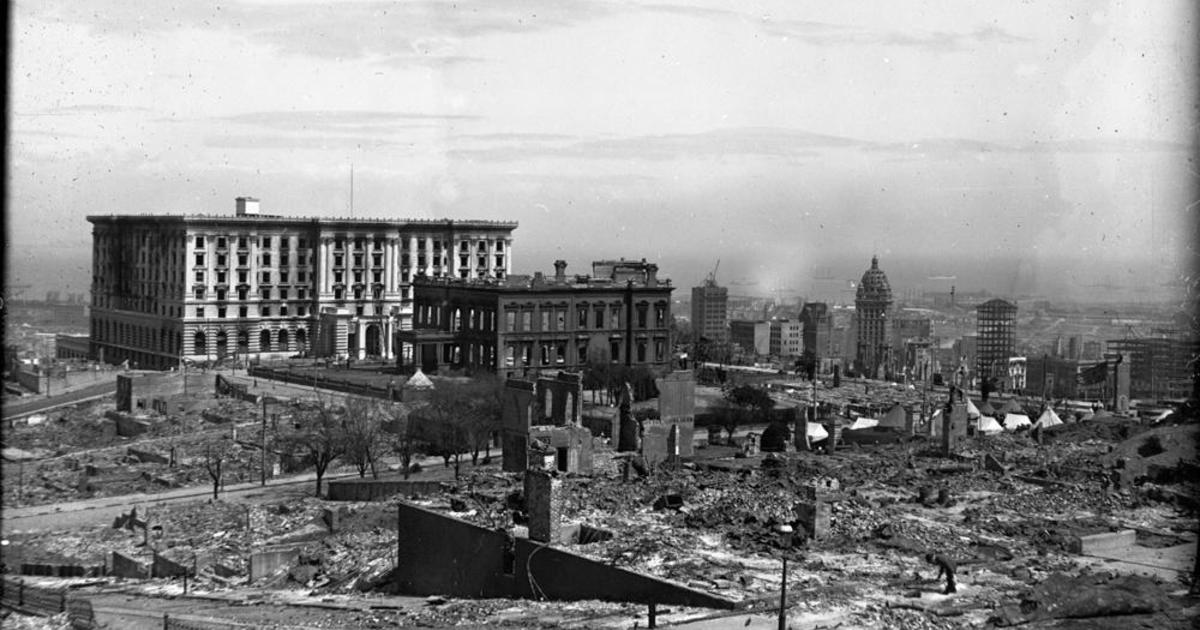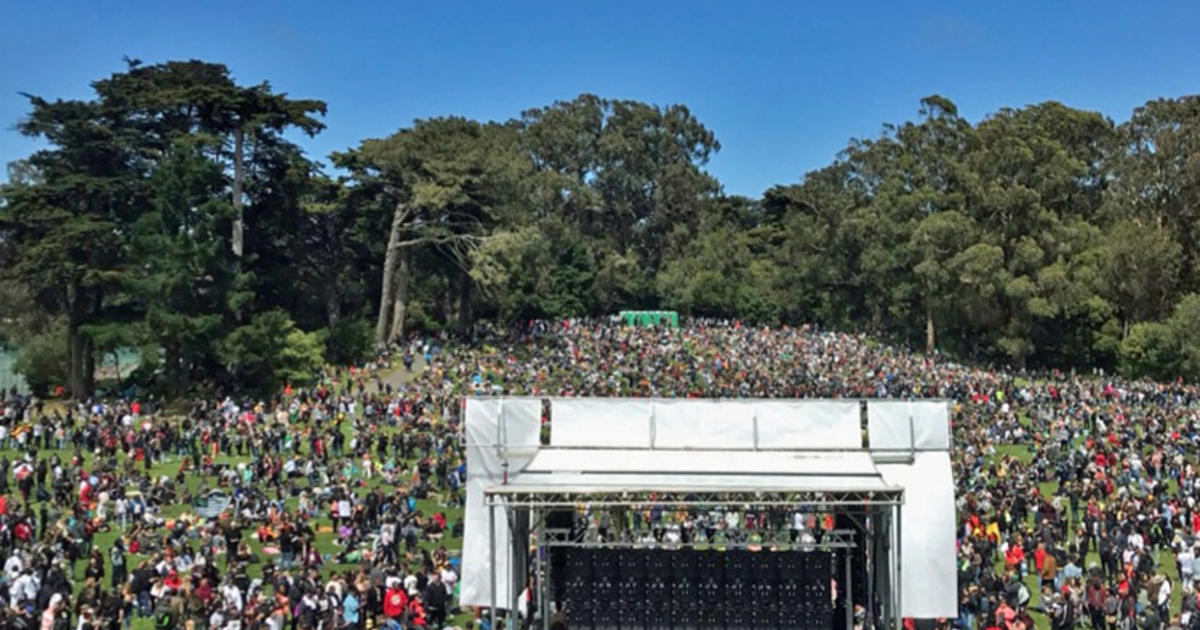Backpacker's Guide To Sweden
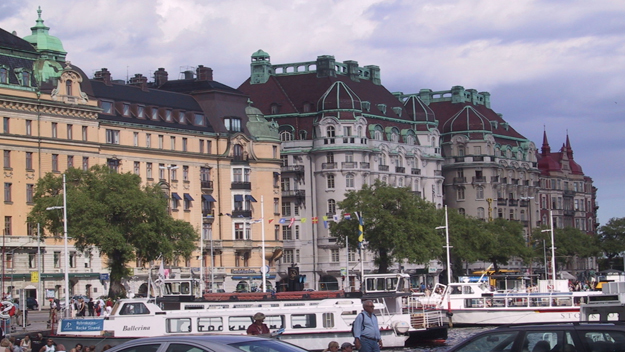 Stockholm (credit: Randy Yagi)
Stockholm (credit: Randy Yagi)
Despite being one of the world's most expensive countries to visit, Sweden is definitely worth visiting, even for the backpacker on a shoestring budget. Much like the rest of Europe, the largest country in Scandinavia offers efficient public transportation, affordable cuisine and more than 300 hostels. What's more, Sweden is far less crowded than other popular European countries, even in Stockholm the capital and largest city and is filled with friendly and helpful people, many of whom speak English. For a brief introduction to Stockholm and two other Swedish cities, here's a handy backpacker's guide to Sweden, with suggestions for where to stay and what to see.
Between Cities In Sweden
It's practically a given that the best way to get around Sweden on a limited budget with a single country or multiple country Eurail pass from reliable providers like Rail Europe or Eurail. Like most of Europe, Sweden has an excellent network of trains, particularly the state-owned SJ AB high-speed trains, with frequent service between major cities like Stockholm and Gothenburg.
SJ also operates train service to Copenhagen and Oslo from Sweden or vice versa. Train travel into Sweden from another European country may require the use of a train ferry, which transports an entire passenger train from one point to another by boat, such as from Denmark into Sweden and Germany into Sweden. Travel to other parts of Norway and Finland requires the use of Swedish or Norwegian intercity service and the Scandinavian Rail system.
Stockholm is the only city in Sweden that has subway/rail system in the country. Managed by the Stockholm Public Transport (SL), the Stockholm Metro only operates three lines, making it far easier to get around than in larger European countries like London, Paris, Rome or Berlin. SL's fare structure is much like any other international public transportation system offering single, multi-day and visitor pass options and requires the use of an access card, which costs 20 SEK, or about $2.30. However, tickets are not sold onboard buses and any public transportation system requires each rider to be in possession of a pass and must present it when requested by a transit employee. Of all the fare options, the most practical for backpackers are zone tickets or travelcards. Tickets may be purchased at SL Centers and five of the Metro stations, as well as via SL's app or by texting to a phone. The capital city also has the country's largest passenger ferry system, offering travelers low cost transportation and exceptional views of the Stockholm skyline and its surrounding areas.
Although Gothenburg doesn't have a subway system, it's easy to get around the city by using the trams, buses, commuter trains and ferries. Of the four public transportation systems, the tram service operated by Västtrafiks, is the most practical, with several train lines and frequent service provided in the center of the city.
Sweden's third largest city offers a similar number of public transportation options as Gothenburg. However, because the city is very pedestrian friendly, visitors may not have to rely on buses, trains and boats.
Although Sweden has been a member of the European Union for more than 20 years, the official currency is not the euro. Instead, the Swedish currency is the krona (SEK). Currently, one U.S. dollar (USD) is the equivalent of 8.63 SEK and conversely, one SEK is the equivalent to .11 USD. While the euro is accepted in places like retail stores, hotels and restaurants, it's far simpler to use the Swedish krona (crown) or kronor (plural).
Stockholm
The capital and largest city of Sweden, Stockholm resides on 14 islands of the Stockholm archipelago and connected by 57 bridges. Dating back to the 13th century, the city is often referred to as the "Venice of the North" although many other European cities stake the same claim. Also noted as one of the cleanest cities in the world, Stockholm is a fascinating city with charming residents, excellent cuisine and several affordable places to stay for backpackers.
Stockholm has more than 30 hostels, including a couple of unique accommodations like the Chapman ship hostel and a Boeing 747 converted into a hostel near Stockholm Arlanda Airport. However, the most practical spots are within the center of the city, ranging from about $20-$40 per night. Of all of the many hostels in the capital city, the following five are the among the best rated and are interconnected with public transportation.
- Castanea Old Town Hostel (Gamla Stan)
- City Backpackers Hostel (Norrmalm)
- City Hostel - Central Station (Kungsholmen)
- Generator Stockholm (Norrmalm)
- STY/IYHF Chapman (Djurgården)
Things To See:
Djurgården
www.visitstockholm.com/djurgarden
Easily accessible by ferry, tram, bus, or if need be, by foot, Djurgården is an island that's home to several popular attractions and historical buildings. Affectionately known as the "green island" for its lush gardens and picturesque landscape, is one of the most popular spot to visit for both visitors and residents of the capital city. While some attractions are more family-oriented and child-friendly, such as Gröna Lund amusement park and Junibacken, there are of other sites to see that may be of better interest to backpackers. Among the top suggestions are the Nordic Museum, Vasa Museum and possibly the Abba Museum and Skansen, the world's oldest open-air museum and the site for the only zoo in the city. Even if backpackers choose to simply enjoy Djurgården by sightseeing, it's definitely well worth a visit.
www.visitstockholm.com/gamla-stan
With a history that dates back to the 13th century, Gamla Stan is the oldest section of Stockholm. Literally translated as The Old Town, it resides primarily on the island of Stadsholmen (Island of the City) and can easily be accessed by subway, bus or on foot from the Norrmalm neighborhood. Many of Stockholm's most important landmarks and attractions can be found here and none more important than the Royal Palace, the official residence of the King of Stockholm and one of the largest palaces in Europe. The Old Town is also home to the Swedish parliament, three of the city's most important churches, the colorful Stortorget (The Big Square) and the adjacent Nobel Museum. For backpackers with limited time in Stockholm, Gamla Stan should be one of the first places to visit. At night, Gamla Stan is among the most popular spots for dining and nightlife, such as a lively viking bar like Aifur Restaurant & Bar or Medeltidskrogen Sjätte Tunnan (Sixth Barrel).
www.visitstockholm.com/norrmalm
Any backpacker traveling into Stockholm by train will arrive at Central Station, in the Norrmalm section of the city. Upon leaving Sweden's largest railway station, backpackers may wish to immediately catch a Stockholm Metro train to their hostel or hotel. But travelers may wish to return back to this part of the city since there are many low cost places to eat and a grocery store close by. For an extended tour of Norrmalm, travelers might want to head over to Drottninggatan (Queen Street), the liveliest shopping area in the city, with several more low cost dining options. Also not far from Central Station is Kulturhuset (House of Culture), a hip cultural center for art, fashion, music, film and theatre and the location of the Stockholm City Theatre. Like Gamla Stan, the city center offers several options for nightlife, particularly in the Stureplan district, although some spots are not budget friendly. While beer is the most economical way to enjoy a drink in Stockholm, backpackers still might to stop by Södra Teatern for DJs and live music or the world's first permanent Ice Bar, located next to the Nordic C Hotel.
www.stockholmarchipelago.se
If time permits and it's within budget, a trip through the Stockholm Skärgården will make for an unforgettable experience. Covering an area of more than 1,300 square miles, this collection of more than 30,000 islands and over 6,200 miles of shoreline, representing a quarter of Sweden's entire shoreline. Several ferry operators provide transportation through the archipelago, most notably the public seaborne transport company Waxholmsbolaget, with departures from Strömkajen, just below the magnificent Grand Hotel in Stockholm's city center. Backpackers might be interested to know that the Stockholm Skärgården also has several outstanding hostels and plenty of outdoor activities including hiking, biking, paddling and swimming.
Located on the west coast of Sweden and approximately 300 miles from Stockholm, Gothenburg is the second largest city in the country. Founded in 1621, the city is situated along the Göta älv (River of the Geats), which serves as Sweden's only gateway to the North Sea and the Atlantic Ocean. The home of the University of Gothenburg, a Michelin three-star art museum and an historic amusement park, the beautiful Scandinavian city offers plenty of entertaining things to see and do.
- Feskekôrka (Fish Market)
- Gothenburg Museum Of Art (Göteborgs Konstmuseum)
- Gothenburg Skärgård (Gothenburg Archipelago)
- Haga
- Liseberg
Located in the southwestern portion of Sweden, Malmö is the third largest city in the country and sixth largest amongst all the Nordic countries. Just across the Øresund Bridge from Copenhagen, Malmö is a charming coastal city with spectacular views of the Øresund strait that separates the city from Denmark's capital and largest city and home to the tallest building in Scandinavia and important structures dating back to the 13th century. Although Malmö has just two notable hostels, backpackers might want to spend a day here before venturing further into Sweden or Denmark.
Randy Yagi is an award-winning freelance writer covering national/international travel for CBS Local and all things San Francisco for CBS San Francisco. In 2012, he received a Media Fellowship from Stanford University. He may be contacted via Twitter or Linkedin .
